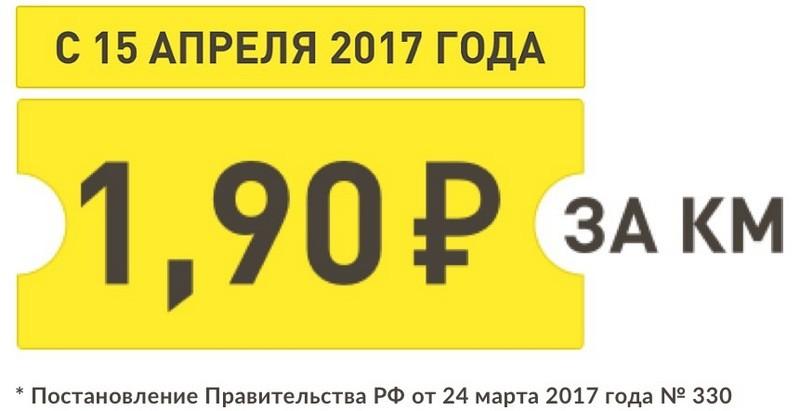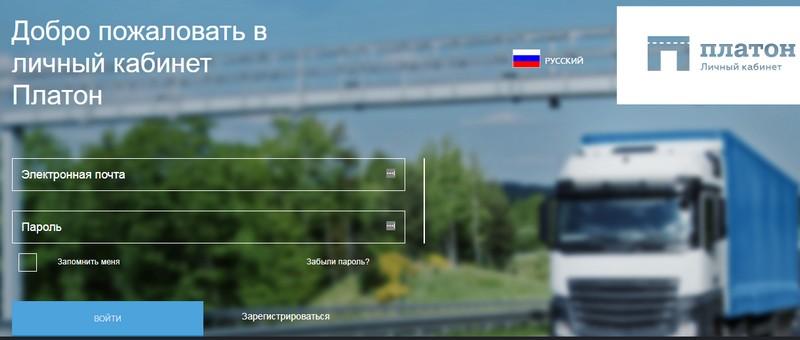What is the platon charging system
Even before the entry into force of the Government's decision on the introduction of the "Platon" system, strikes began among truck drivers who are categorically opposed to this innovation. And although the system has been in place for several years, the protests continue to this day.
It is necessary to understand what the "Platon" - a system of collecting payments for the use of roads by trucks, is, how it operates now, and why truckers are so actively protesting against this innovation.
Dear Readers! Our articles talk about typical ways of solving legal issues, but each case is unique.
If you want to know how to solve exactly your problem - contact the online consultant form on the right or call
7 (499) 450-39-61
It's fast and free!
System "Plato"
As of the end of 2013, over 1.7 million trucks weighing more than twelve tons were registered in the Russian Federation.
Such transport damages public roads, destroying the roadbed, which increases the need for repair work. To compensate for the monetary costs, a decision was made at the government level to levy.
For the practical implementation of this decision, it was planned to organize a tender in which both foreign and domestic companies would take part.
However, this procedure was canceled, and the domestic company RTITS was appointed the operator of the system (which, in fact, became one of the reasons for the protests of truckers). The company is owned by Igor Rotenberg and an organization called RT-Invest.
Platon is an automatic system responsible for collecting data on the movement of vehicles weighing more than 12 tons on the roads of Russia, collecting fees from their drivers for using the roadway, and then transferring funds to the federal treasury and local budgets. All procedures are carried out automatically. The system is paid for by the state.
November 15, 2015 is the official launch date for Plato. From this moment on, road tolls are collected from all vehicles weighing more than 12 tons. The fee is not charged for drivers of cars, emergency vehicles, military vehicles and buses that transport people.
Today, more than two million vehicles are already registered in the system. It includes data on 51,000 kilometers of road surface. Despite this, Plato is only a transitional link before the next program, which will be introduced in 2020, and should serve as the foundation for it.
Features of the system functioning

On-board device "Platon"
First of all, the driver needs to go through the registration procedure in the system.
After that, he will have access to his personal account, which will be used for further payment for traffic and other actions. How does the Platon system work? There are several ways to use the service:
- Route map registration.
- Installation of a special board device.
The first method involves contacting a customer support center with a prepayment for a future trip and obtaining a special document (route map).
It is more expedient to conclude an agreement with the operator and install special equipment, as this will save the driver from having to worry about obtaining a card before each trip.
Reference! The installed equipment automatically calculates the distance traveled.
These data are transmitted to the processing center at regular intervals, after which funds are debited from the settlement account of the truck owner for the distance he traveled on federal roads. This method provides for the preliminary deposit of a certain amount of funds to the account, although post-payment is also allowed.
The on-board device automatically goes into sleep mode (does not keep track of the distance traveled) in the event of a stop, either:
- Exit from the federal highway.
- Exit to the toll federal highway.
Installation and activation of devices must be done by vehicle drivers. But they began to protest against the system even before it was introduced. Active protests continued throughout 2016. A similar situation was observed in 2017. The protests were caused by the well-founded disadvantages of this system.
Pros and cons of "Plato"
Among the advantages of the system are its automated operation and the direction of the collected money for the repair of existing roads. With the help of the levy, the Government hopes to improve the quality of the road surface, which could potentially lead to a decrease in the number of accidents on the roads. It is also noted that the collection scheme is completely transparent and excludes the use of corruption schemes.
Important! Meanwhile, the latter statement lends itself to criticism from truckers.
The very fact of using a private, rather than a state-owned company, causes a negative attitude, which is only intensified by who the owners of the company are. Some suspicions are also raised by the authorized capital of the system operator. The company, which collects funds throughout the country, began its activities with a capital of 100 thousand rubles.
The following circumstances are also reasons for criticism:
- High fare. During the introduction of the system, the cost of one kilometer of track was 3 rubles 73 kopecks. That is, you had to pay 3,730 rubles for a thousand kilometers of track.
- Collection of the new tax, without canceling the old ones. Truckers are dissatisfied with the fact that in addition to the existing taxes that should go to road repairs, they are being charged an additional fee.
- Lack of pre-launch testing, which subsequently led to the release of a crude product. Truckers complain that the system is incomplete, "raw" and needs to be improved.
There is one more disadvantage of "Platon", the negative effect of which extends to all citizens, and not only to carriers. Fares are an additional cost item. Manufacturers use this to raise food prices, which ordinary citizens feel on themselves.
System operation today

The truckers' protests had an effect. The tax rate has been more than halved. In addition, the issue of exemption of truckers from a number of other taxes is being considered. However, the protesters were unable to achieve their main goal. As noted in the Government, Platon will not be canceled. The issue of suspension of the program is not considered either.
 Today the system is operating normally. All citizens driving vehicles weighing over twelve tons are required to pay for travel on federal highways.
Today the system is operating normally. All citizens driving vehicles weighing over twelve tons are required to pay for travel on federal highways.
Truckers can register remotely, however, to receive the equipment, they will have to personally visit the customer support center.
Platon's tariffs have changed several times. First, the sum was named 3.73 rubles per kilometer. The outbreak of protests forced the Government to cut the tax by half, to 1.53 rubles. But in 2017, the fare was revised again, this time in the direction of growth. Since April, the tariff has risen to 1.9 rubles per kilometer.
For evasion of payment, the driver can be punished with a monetary fine. The amount of the penalty depends on the specific case and can reach one million rubles. But there are also positive aspects. Today, citizens have the opportunity to use the funds paid through the system to change the size of the transport tax.
How to reduce the transport tax on "Platon"? To do this, you need to collect documents (including receipts for payment of the fee), and then contact the FMS department. You can use this benefit only in relation to one vehicle.
Meanwhile, strikes against the system continue. The last protest was registered in December 2017. However, as statistics show, the protest base is getting narrower, many truckers refuse to protest.
Registration in the system

You can register online. To do this, you need to go to the official website of the system and prepare electronic copies of documents (personal passport and papers for the vehicle).
To register in the Platon system, you must proceed as follows:
- Go to the platon.ru resource, then fill out a special registration form and send samples of documents.
- Next, the submitted papers and the information entered into the questionnaire are checked. The citizen will have to wait until it ends.
- At the end of the check, the person is entered into the register and receives data for access to the personal account, through which payment can be made.
You can also visit one of the customer support centers in person and submit documents manually. It should be noted that in order to receive the OBU, it is imperative to make a personal visit.
You can pay for tariffs through:
- Platon's representative offices or terminals of this system;
- "Kiwi";
- bank, by bank transfer.
A citizen can also use fuel cards "DKV", "E". But the most convenient way to deposit funds is to use bank plastic in your personal account. The functionality of this service allows you to replenish your account.
Conclusion
Thus, drivers of vehicles weighing more than twelve tons are required to register in the Platon system. Despite ongoing protests, more than two million vehicles have already been entered into the program's roster to date.
Platon's tariff has not changed since April 2017 and at the beginning of 2018 is 1.9 rubles per kilometer.
